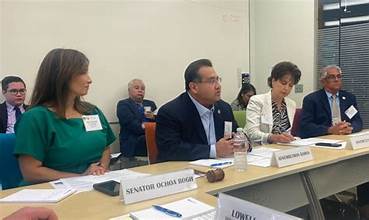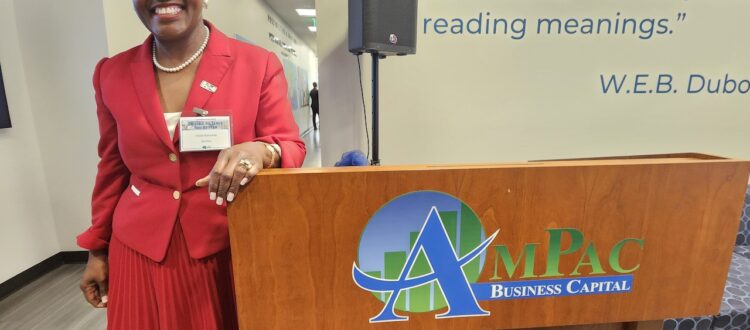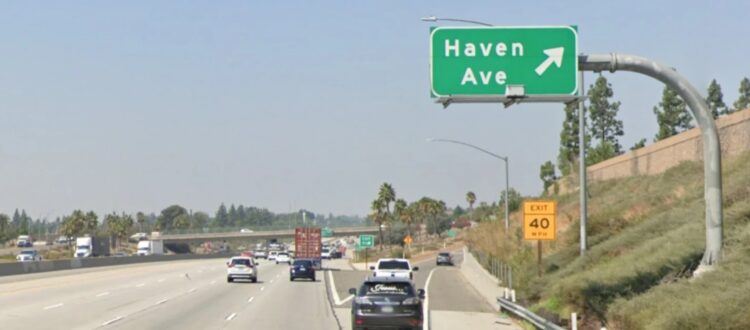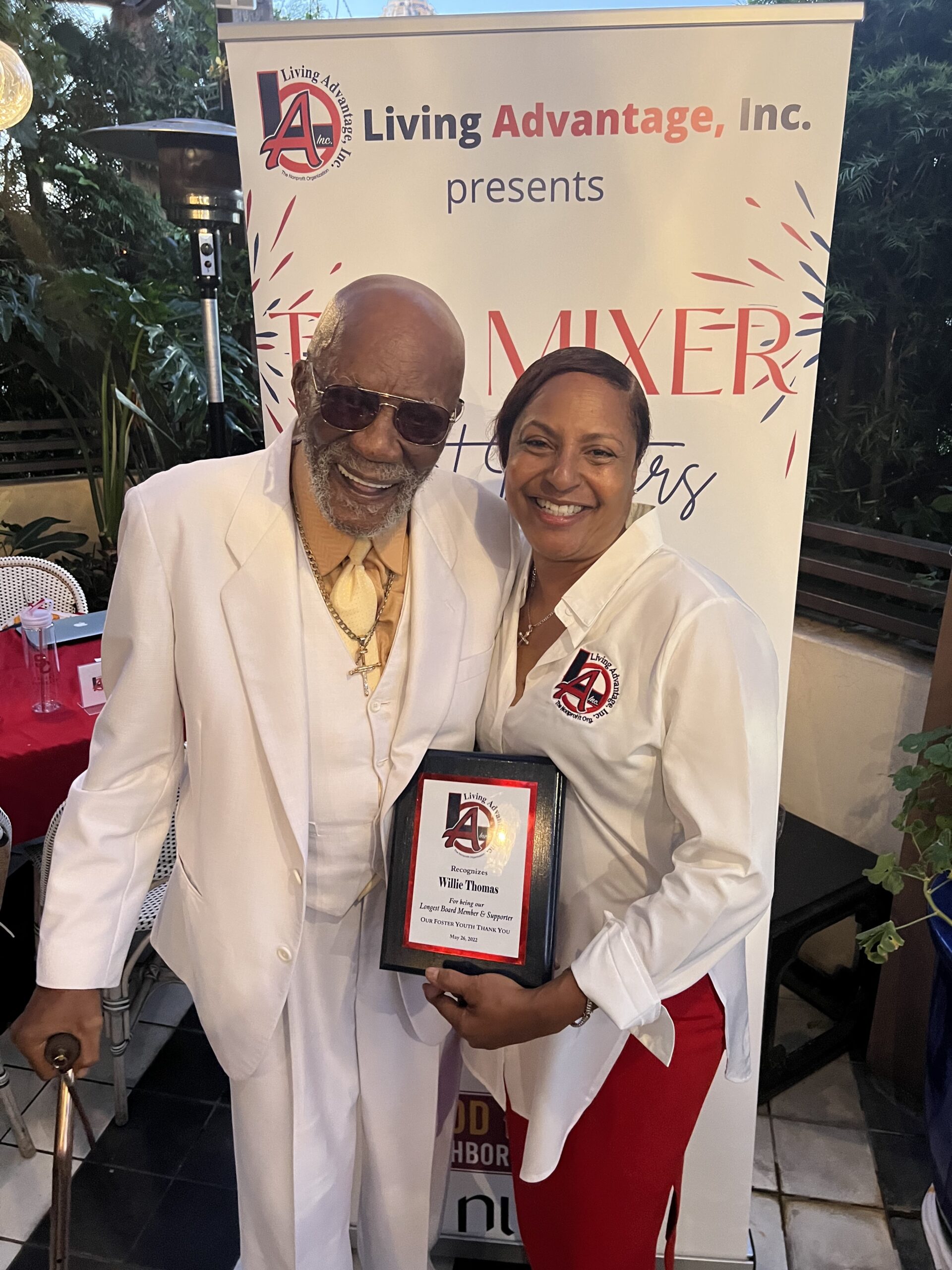Aldon Thomas Stiles | Inland Valley News
Last month, Gov. Gavin Newsom signed California’s Climate Accountability Package as a part of the state’s effort to reduce emissions. This package aims to enhance transparency to ensure corporations are held responsible for the environmental effects of their production processes.
In the Inland Empire, where air quality is the worst in the nation, community members and organizers are at odds over the rules concerning buffer zones that separate warehouses from sensitive areas such as residential areas and schools.
During a round table held late last month, Assemblymember James C. Ramos (D-San Bernardino), along with Assemblymembers Eduardo Garcia (D-Coachella), Eloise Gómez Reyes, (D-Colton), Freddie Rodriguez (D-Pomona) and Senator Kelly Seyarto (R-Murrieta), listened to concerns and suggestions put forth by local lawmakers, environmentalists, business and labor leaders in the hopes of strengthening an assembly bill that will be voted on after the legislative recess.
Earlier this year, Ramos introduced Assembly Bill (AB) 1748, which is currently under consideration in the Assembly Appropriations Committee.
The proposed legislation would establish a 300-foot buffer zone between warehouses over 400,000 square feet in size.
This setback requirement is significantly smaller than what the environmentalists at the round table were asking for.
The panelists, who were representing environmental concerns, claimed that a 1,000-foot setback requirement would be best for local communities.
“It is our duty to ensure that our communities thrive,” said Ana Gonzalez, Executive Director of the Center for Community Action and Environmental Justice. “Unfortunately, the current system of local control has failed us. Instead of protecting our neighborhoods, they have allowed corporations to exploit them for their own needs.”
According to the American Lung Association, San Bernardino and Riverside counties have the poorest and second poorest air quality in the nation, respectively.
Air pollution can be linked to conditions such as asthma or cancer and pollutants are more abundant in communities of color, according to the Harvard School of Public Health.
Jennifer Larratt-Smith, Chair of R-NOW, urged policymakers to think about the members of the community who will be dealing with “the consequences of your choices for decades.”
“Please consider the long term impact to the community over short term profits,” said Larratt-Smith.
The concerns presented by environmentalists were represented in AB 1000, an unsuccessful bill introduced by Gómez Reyes which would have established a 1,000-foot barrier based on standards aimed at reducing the impact of emissions.
On a thread posted to X, formerly known as Twitter, Gómez Reyes clarified that she has “never been anti-warehouse.”
“We only want the logistics industry to be good neighbors when they move in,” she continued.
Jonathan Shardlow, Co-Chair of the Legislative Affairs Committee for NAIOP Inland Empire, represented the region’s business leaders on the panel. He claimed that a 1,000-foot buffer zone would be unnecessary as far as the environment is concerned and that 300 feet is enough, considering the other safety measures these facilities employ.
“The 300-foot buffer is not just 300 feet,” said Shardlow.
He mentioned the presence of blocked walls, enhanced landscaping and zero-emission yard equipment.
The Inland Empire, with over 4,000 warehouses and close proximity to Los Angeles County’s large port facilities, is the nation’s major logistics hub.
Thomas Valentine, a Logistics Industry Laborer with LiUNA Local 783 and life-long San Bernardino County resident voiced his views on the environmental impact these warehouses have had over the years and how more development is not helping the situation.
“You guys talked about air pollution. You don’t know what air pollution is,” said Valentine, addressing the legislators.
Much like Shardlow, San Jacinto Mayor Pro Tem Crystal Ruiz, said that a 1,000-foot barrier would be “ridiculous” and that these types of restrictions are stifling businesses in the state.











